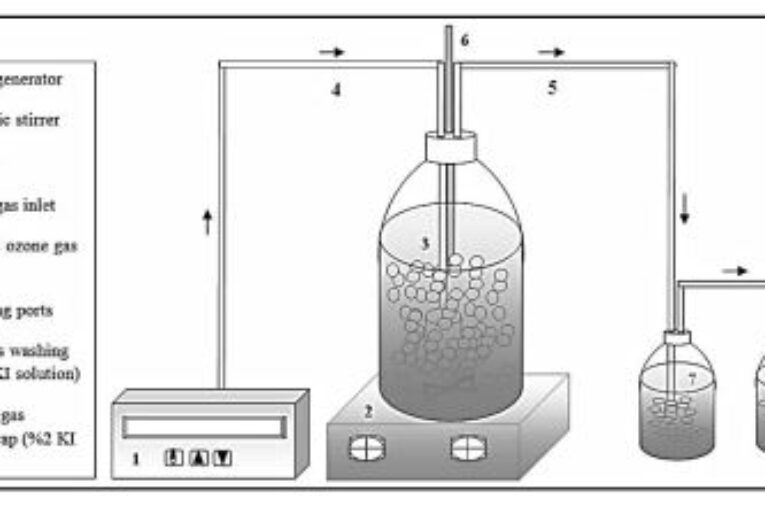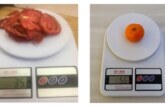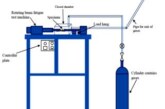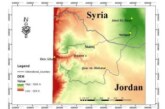
Authors: Linda Al-Hmoud, Basel Al-Saida, Arwa Sandouqa
DOI: https://doi.org/10.48103/jjeci3112020
JORDANIAN JOURNAL OF ENGINEERING AND CHEMICAL INDUSTRIES (JJECI)
Pages: 91-106
Olive oil-producing countries in the Mediterranean region generate a considerable amount of olive mill wastewater (OMW), contributing to a severe environmental polluting issue due to its high pollution load. This effluent is exceptionally toxic to the whole soil-air-water ecosystem, and the living organisms inhabiting it (i.e., plants, animals, aquatic organisms, microorganisms, etc.). Many researchers have assessed the efficiencies of different treatment techniques to find an environmentally friendly and economically viable solution to be generally adopted. In light of that, the present review article summarizes the state-of-the-art concerning the OMW treatment options, with their pros and
cons when possible.
Keywords: olive mill wastewater (OMW); physical treatment, chemical treatment, integrated treatment



